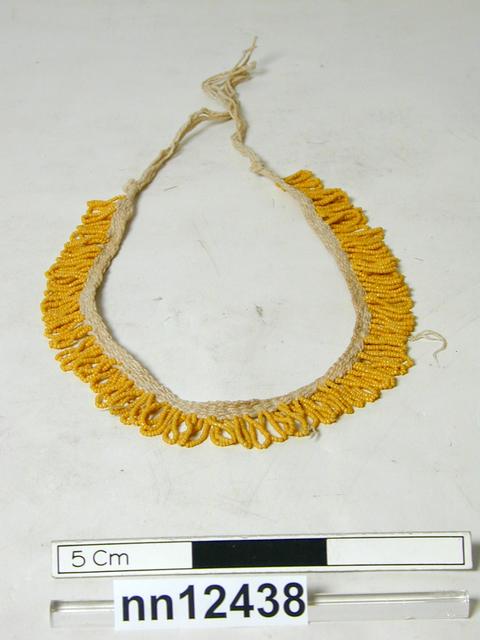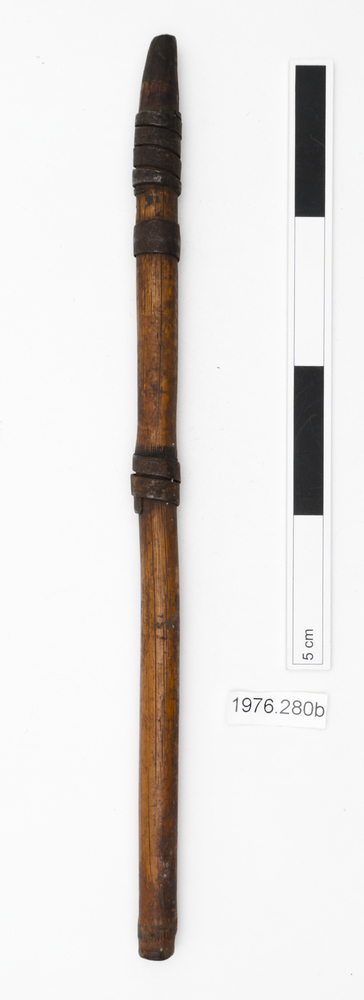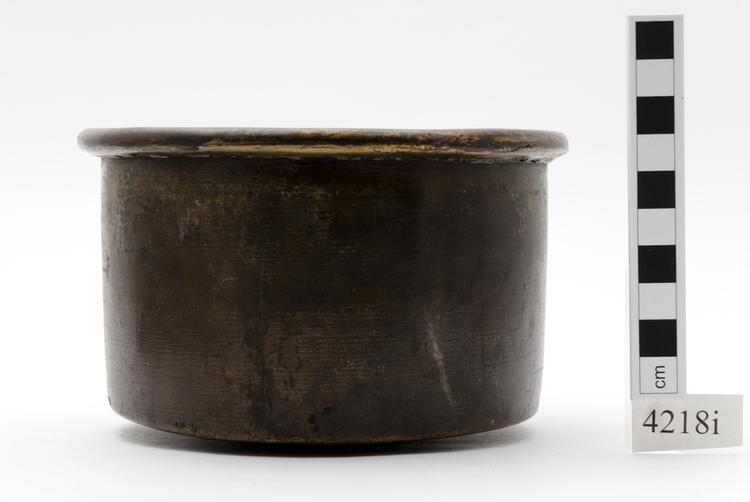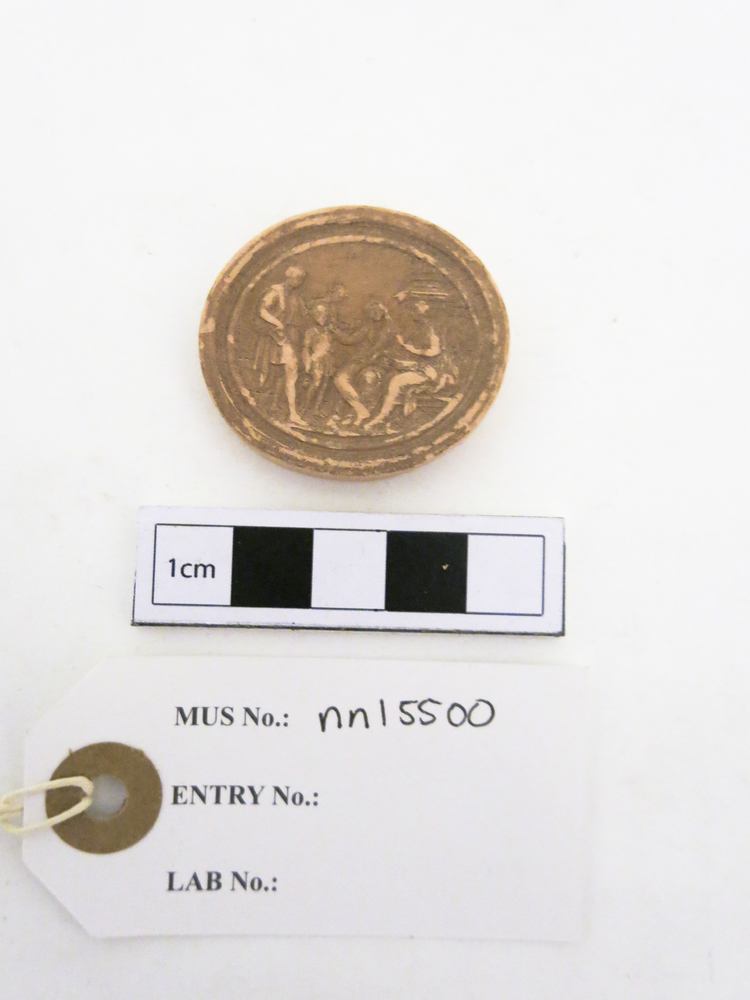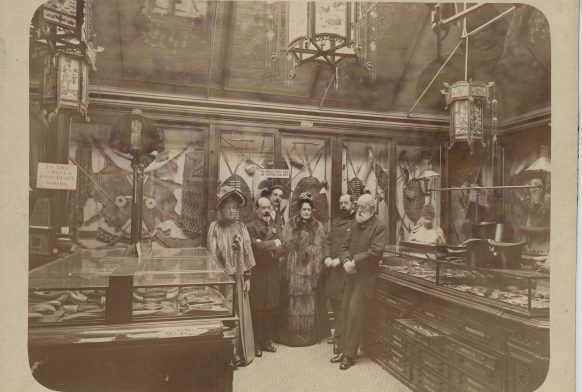The mummy of 'The Boiler of Oil for the Priestess of the Temple of Amun. Son of Heptep.' Including the sarcophagus, with an inner and outer lid.
Techniques used by the ancient Egyptians for preserving bodies improved over the centuries. The objects here are from the New Kingdom (1570-1070 BC). Immediately after death, embalmers began to remove the parts of the body that would decompose first. The heart was treated, wrapped and placed in the body cavity since it was the most important organ and believed to be the seat of reason. The other four major organs were preserved and stored separately. The body was buried in natron, a naturally occurring salt, and packed with temporary stuffing to speed drying, which took about forty days. The body was then prepared with oils and scents. The soft tissues, including brains and eyes, were removed before being replaced with linen, lichen or even sawdust to retain the body’s shape. Finally, the body was bandaged in elaborate linen wrappings, coated with resins and placed in inner and outer wooden coffins. The entire process of mummification took about seventy days.



